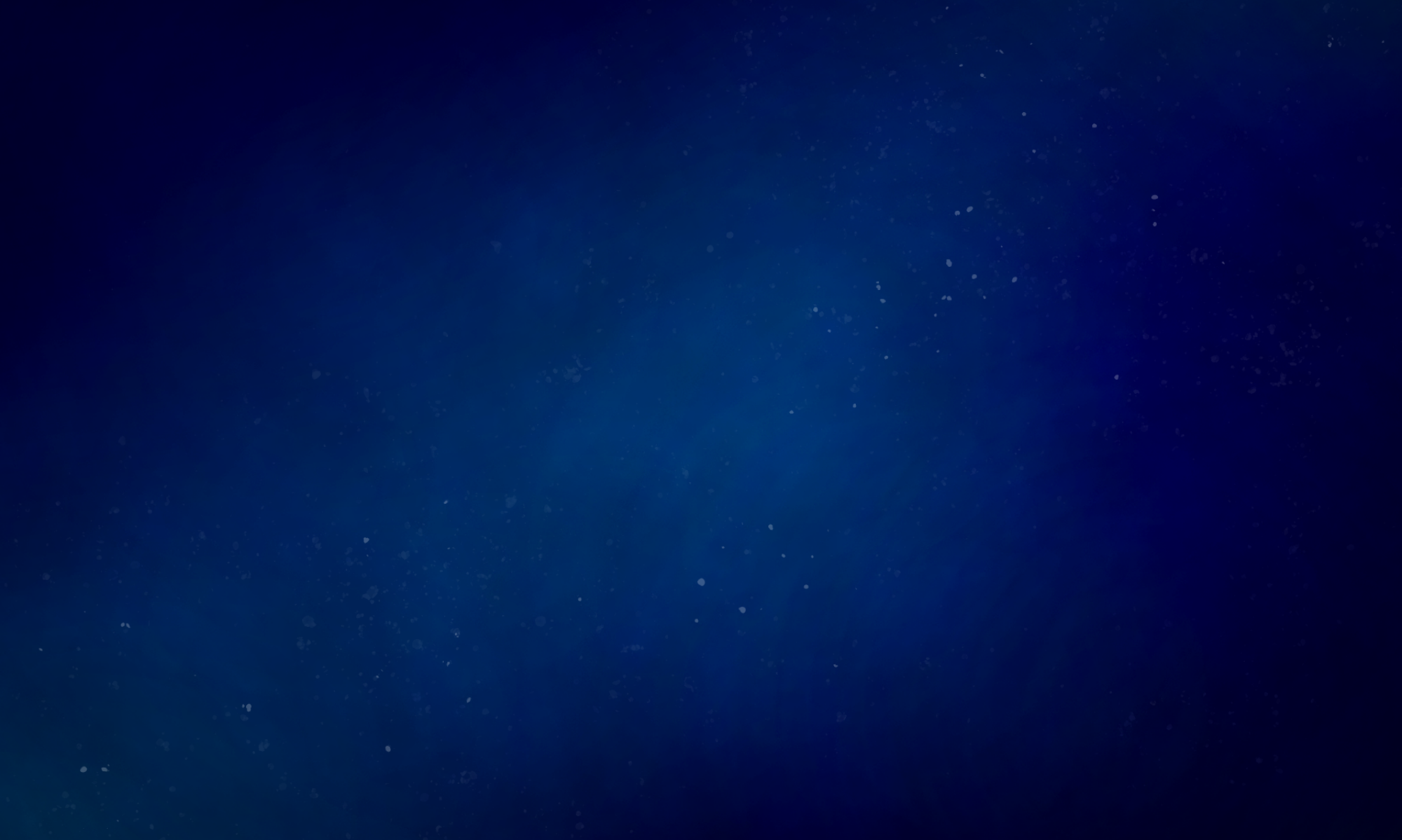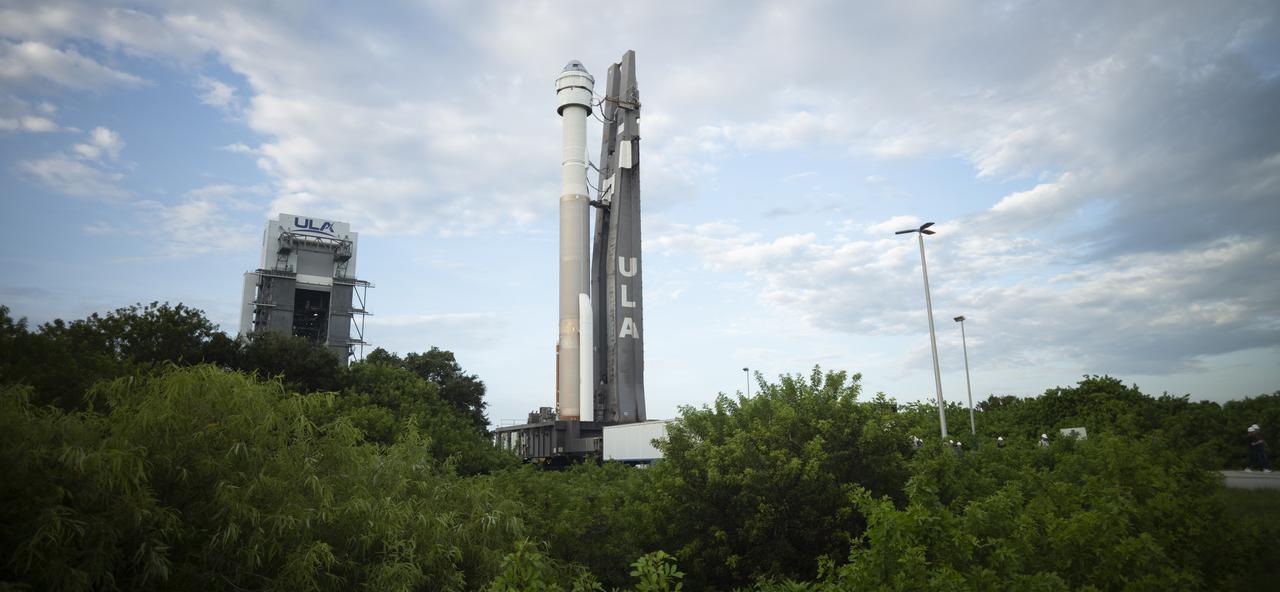Image: OFT-2 on the pad at Kennedy Space Center.
Image Credit: NASA | Joel Kowsky
OFT-1
Boeing’s first Orbital Flight Test (OFT-1) was intended to assess the performance of its new CST-100 Starliner vehicle. Although the vessel is intended for future manned spaceflight, the only passenger aboard this mission was “Rosie the Rocketeer,” an anthropomorphic dummy with an array of sensors built to test conditions for human passengers. The vehicle was expected to dock with the ISS and stay in orbit for 8 days and rendezvous with the ISS before landing at White Sands Space Harbor in Utah.
In order to image OFT-1, SCIFLI deployed both the team’s standard WB-57 aircraft and ground-based MARS team. SCIFLI’s goal was to image both the deployment of parachutes and the stability of the heat shield. Tests of these landing apparatuses involve more than just scientific interest; they ensure the safety of future astronauts.
Initially, Starliner was expected to return on December 28, 2019, but a system anomaly forced the capsule to forego docking with the ISS and return to earth on the 22nd. Fortunately, SCIFLI plans for exactly such contingencies, so the team was able to adjust quickly and take the desired pictures. The early return also meant the OFT-1 reentry occurred before sunrise, forcing SCIFLI to adapt to dark sky conditions. Most of the images captured were in the midwave infrared spectrum. To obtain images in the visual spectrum, SCIFLI pointed a 1 million candlepower searchlight at the capsule, lighting the pre-dawn desert sky.
OFT-2
Boeing’s second orbital flight test, OFT-2, had the same essential goals as OFT-1: to test Starliner’s capacity for human spaceflight. Once again “Rosie the Rocketeer,” the flight test dummy, captained the otherwise uncrewed mission to collect data on habitable conditions in the vehicle.
OFT-2 outperformed its predecessor, successfully docking with the ISS. After its week-long uneventful – that is to say, successful – journey, OFT-2 deployed its airbags and parachutes to land peacefully in the White Sands Space Harbor, New Mexico on March 22nd, 2022.
Using the ambient light of New Mexico’s spring dusk, SCIFLI imaged both the heat shield and the deployment of parachutes as the capsule landed. Between the MARS ground teams and WB-57, the team captured high-quality infrared and visual imagery. In documenting the completion of a successful Starliner mission, SCIFLI continues to ensure the safety of astronauts as manned spaceflight becomes increasingly frequent.

